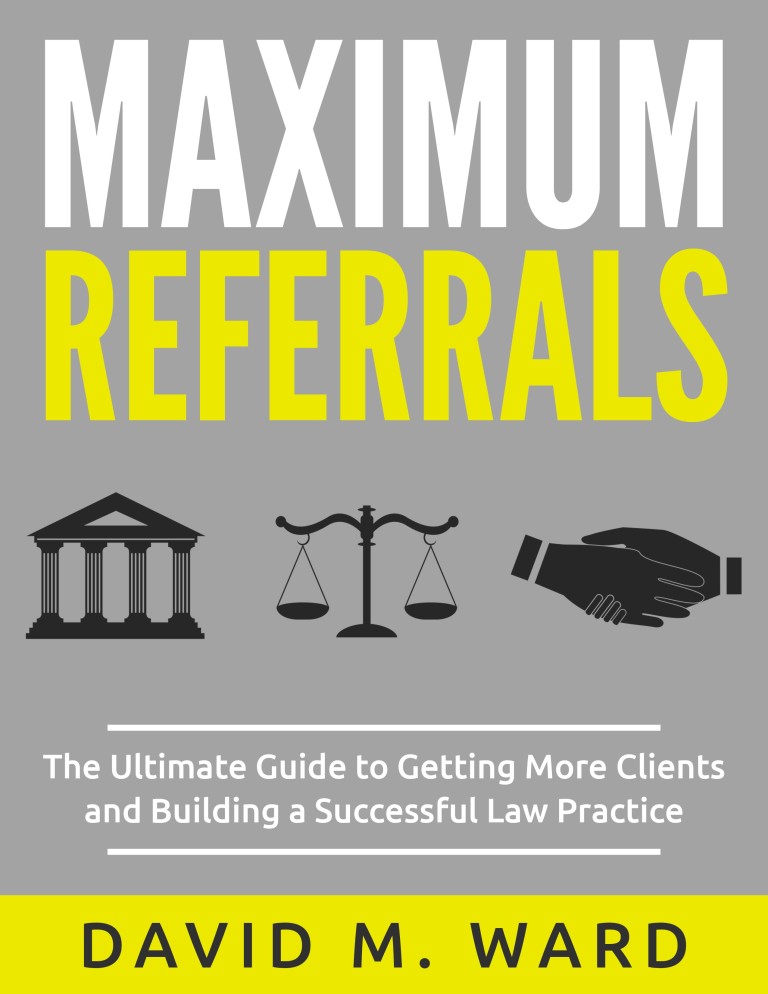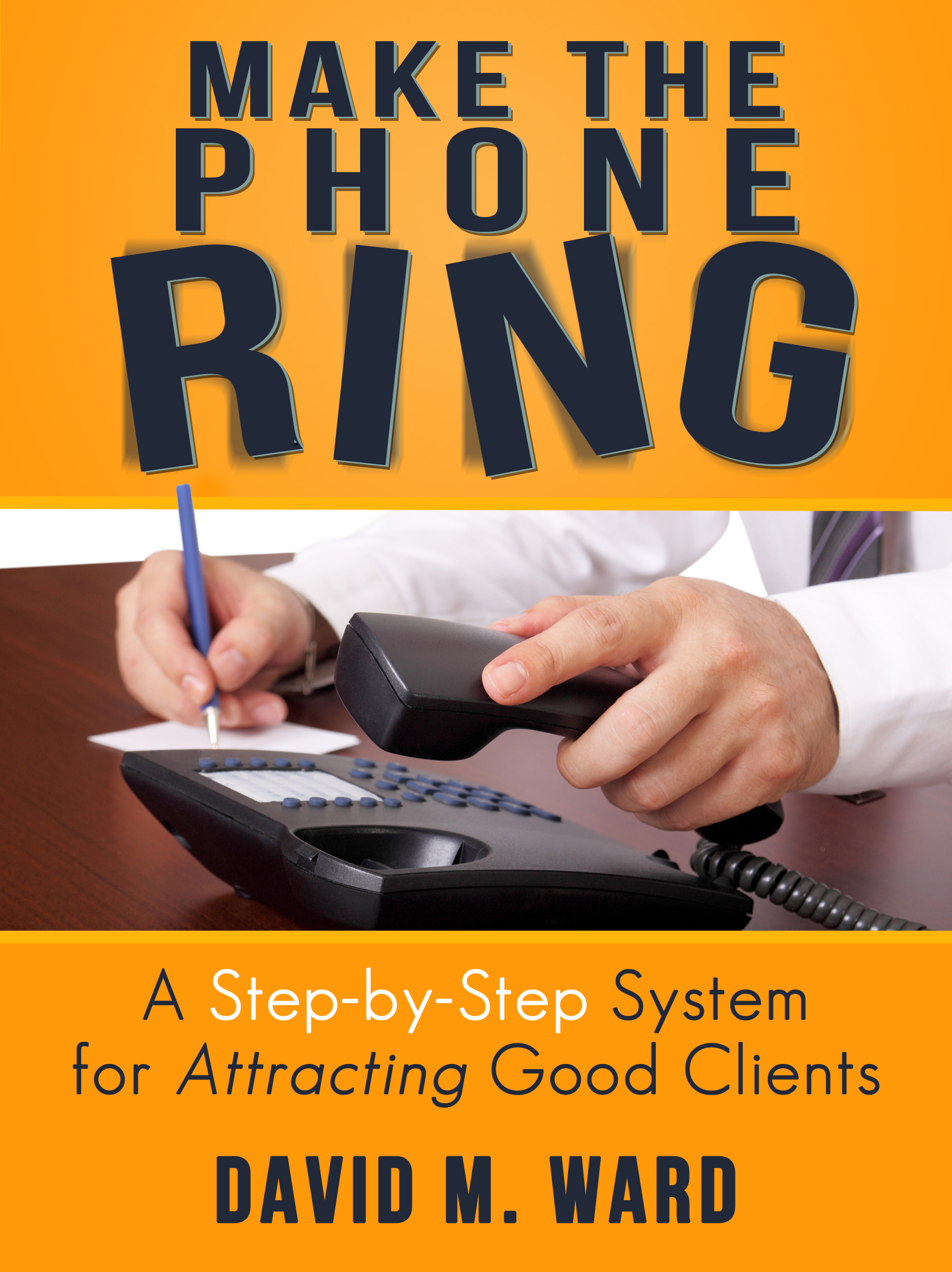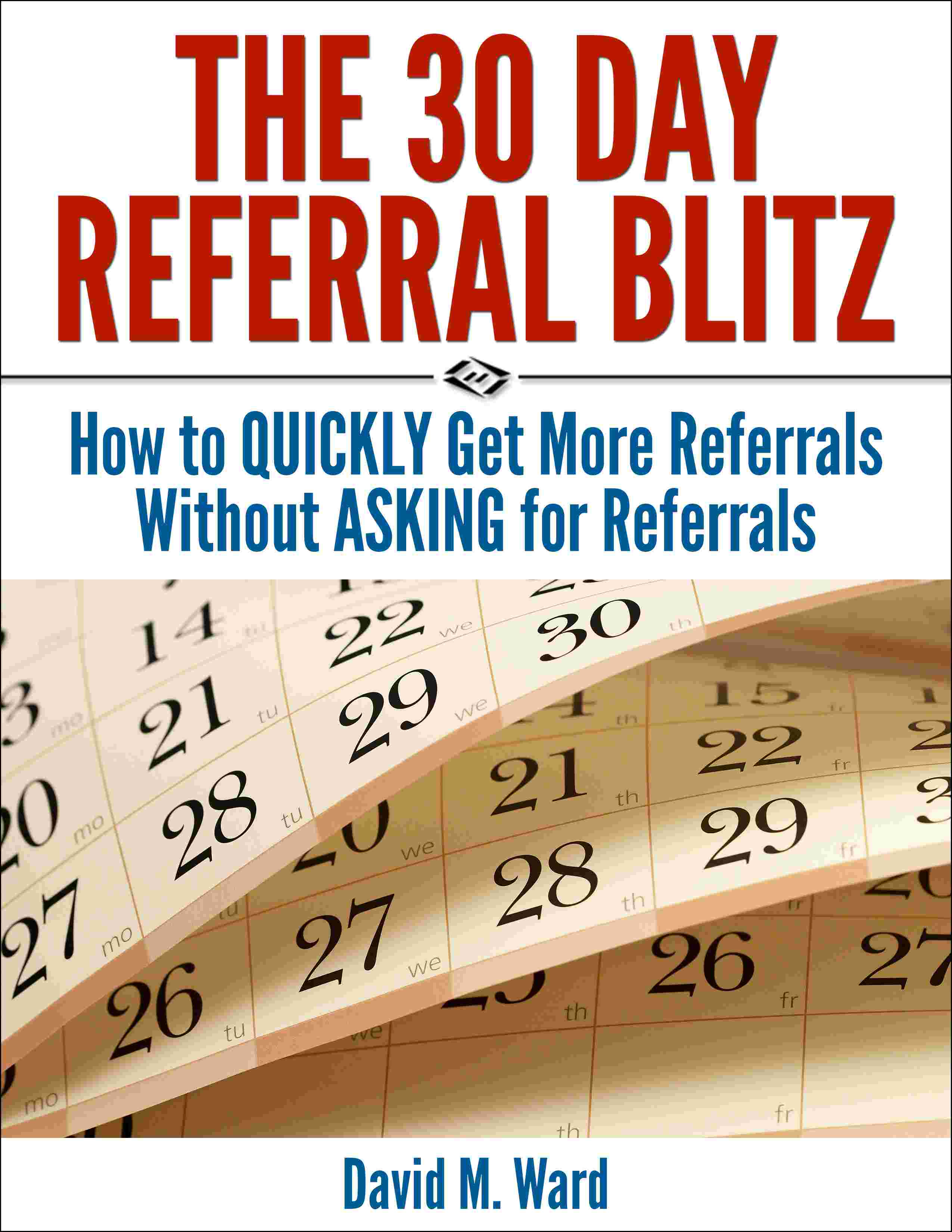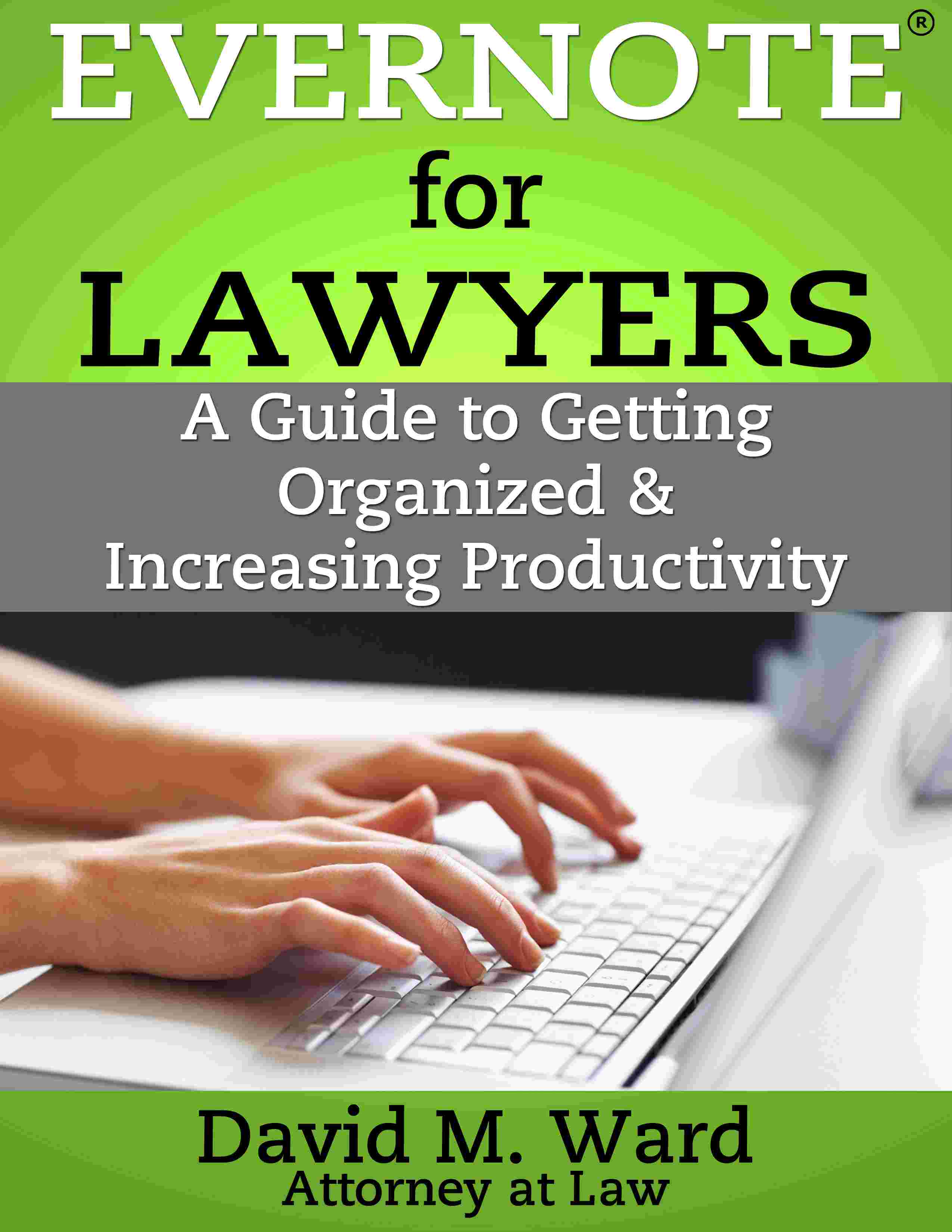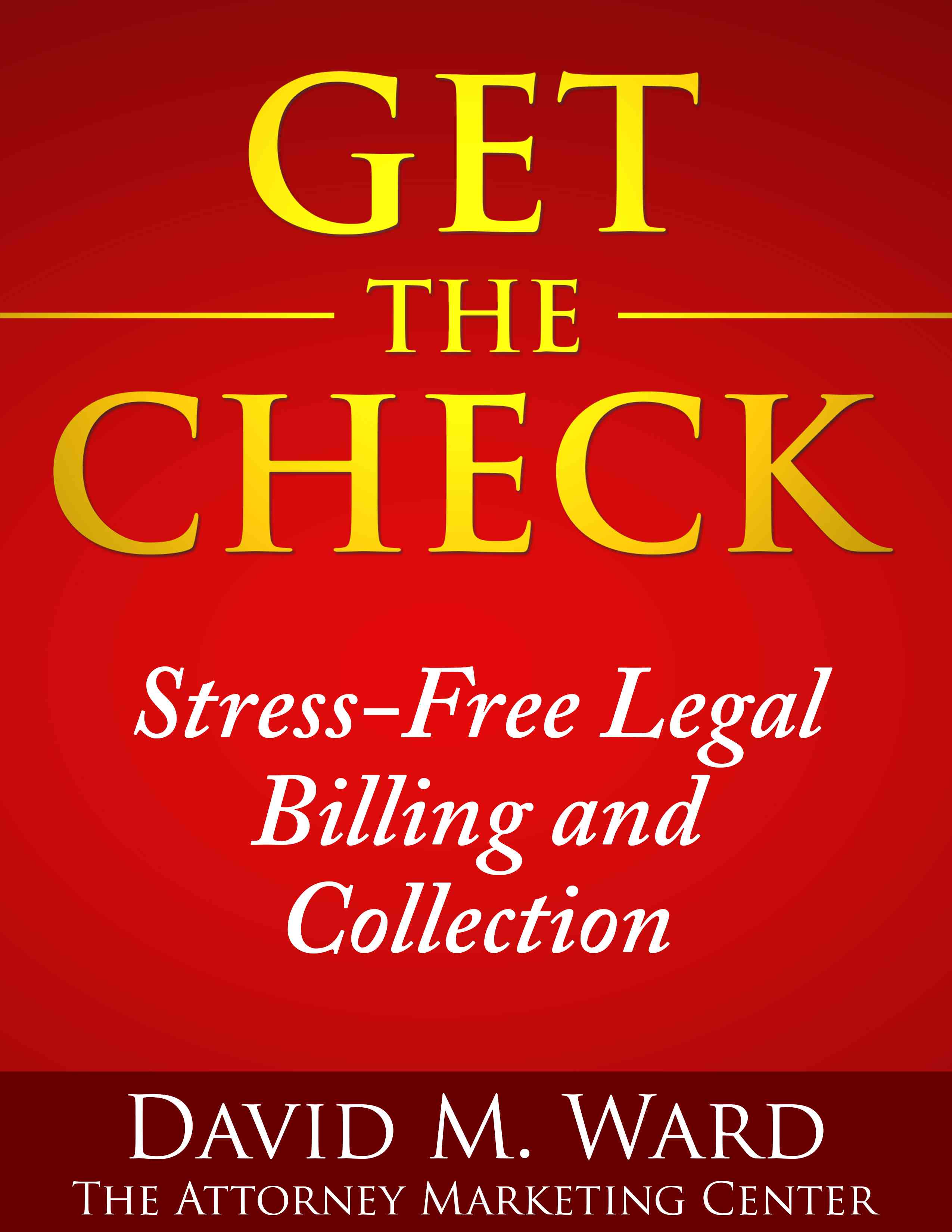No matter what task management system you use, or even if you don’t use one at all, the odds are you have a seemingly endless list of things to do.
You might keep them in an app. You might keep them on paper. You might keep them in your head. But there’s your list, a mile long and growing every day, overwhelming you to the point where you don’t want to look at it anymore.
Okay, maybe that’s just me.
But I have a new weapon in the battle of wits between my lists and my sanity and you may want to use it.
It starts with thinking about a to-do list as simply a list of things to do TODAY.
Not tomorrow or next week. Today.
It is a list of 3 to 5 tasks you are committed to doing today because they are urgent or important.
Take a deep breath and imagine a list of ONLY 3 to 5 tasks. That’s a list you can and will do.
If you find yourself resisting a task, break it up into 15-minute bites. You’ll be less likely to procrastinate when “it’s only 15 minutesâ€.
You can also use 15-minute increments for bigger projects. I’m working on something right now that’s tedious and will take many hours to complete. I had put it off for a long time but I’m doing it now because my task list only commits me to 15 minutes. I can do more than 15 minutes if I want to, and I often do, but only if I want to.
Yay me.
Now, what do you do if you have more than 5 important or urgent things to do today? You keep them on a second list.
Your first list (today) has your most important or urgent tasks on it. Your second list is what to do after you’ve taken care of those tasks.
Your second list has no more than 15 or 20 tasks on it. It includes other things you need to do today, and things you need to do in the next week or so. Or things you’d like to consider doing.
When you have completed the tasks on your today list, you look at list number two and choose additional tasks.
Two lists: 3 to 5 most important tasks you are committed to doing today. 15 to 20 back-up or “next†tasks.
Check your today list frequently throughout the day. Check your second list once a day, after you have finished your today list.
Put everything else–all of the someday/maybes, ideas, things you’re not committed to doing–on a third list. Check that list once a week. Skim through it and find things to put on your first two lists and then put your third list away until the following week.
I’ve been doing this for about a week and it’s making a big difference in how I feel about my lists and in my overall productivity. My lists are much more manageable and much less daunting.
And, you can use this with any other task management system because it’s basically a way to combat overwhelm by limiting the number of tasks in front of you and the amount of time you commit to doing them.
One more thing.
While your first two lists are purposefully limited in number, list number three (everything else) will no doubt grow to hundreds of entries, many of which don’t need to be considered each week. To keep list number three from overwhelming you, at some point, you’ll want to segment it so that you don’t have to look at every task or idea on it every week.
You can do that by creating sub-lists or by using software to label or tag items to consider at some point in the future or under certain specified conditions. I have a list of more than 1000 blog post ideas, for example, but I only look at that list occasionally.
How to use Evernote for getting things done


